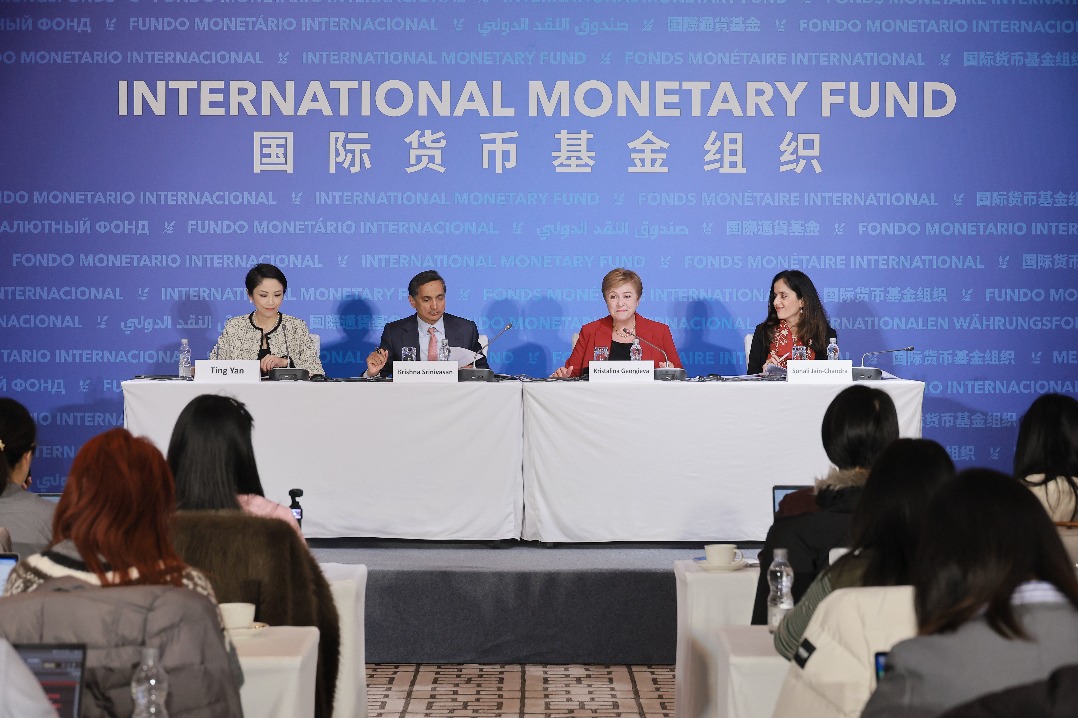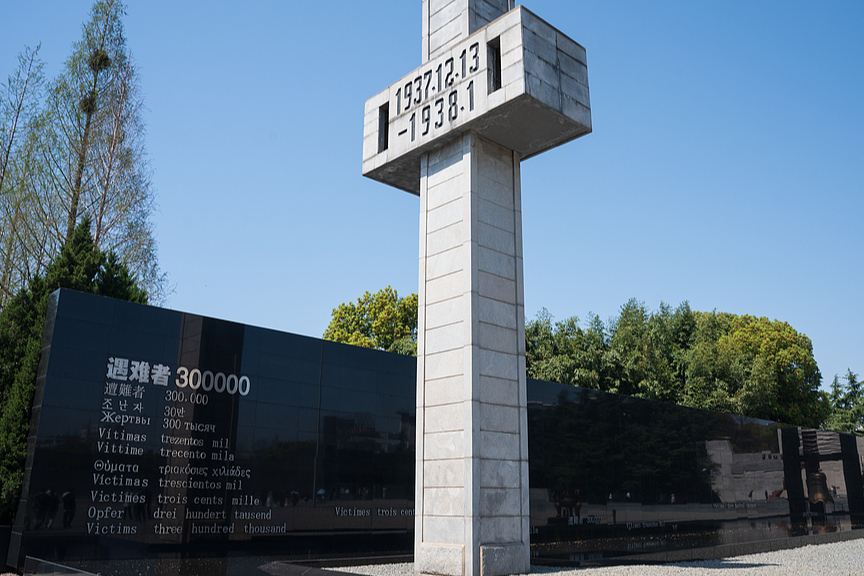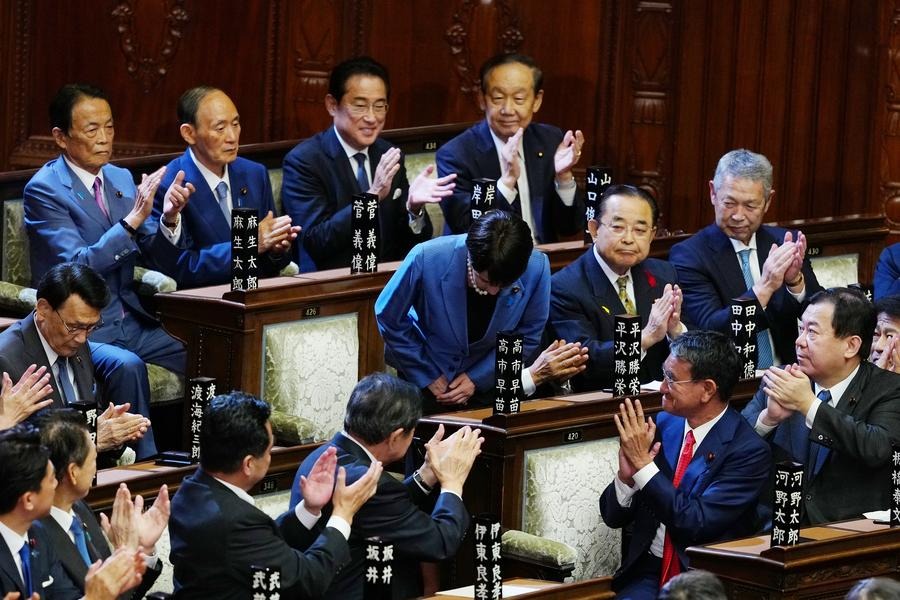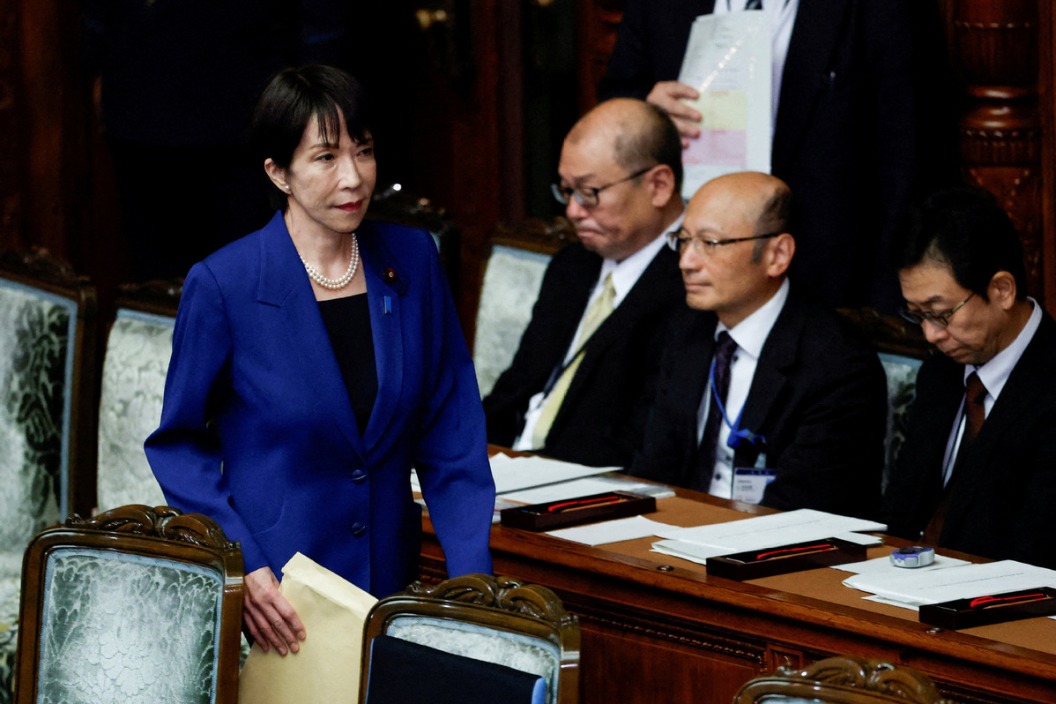The facts and China's position on China-US trade friction

3. Large subsidies that distort market competition
US governments at federal and sub-national levels provide large subsidies, bailout assistance, and concessional loans to some sectors and companies. Such actions obstruct, to a large extent, fair market competition. According to Good Jobs First, an American organization that tracks subsidies, between 2000 and 2015, the federal government provided at least US$68 billion in grants and special tax credits to businesses, with 582 large companies receiving 67 percent of the total41. During the same period, federal agencies gave the private sector hundreds of billions of dollars in loans, loan guarantees, and bailout assistance. A wide range of sectors received government subsidies. Motor vehicles, aerospace and military contracting, electrical and electronic equipment, oil and gas, financial services, chemicals, metals, and retailing and information technologies ranked among the top of the 49 tracked sectors42. State and local governments also gave enormous subsidies to companies. The amounts of subsidies at the state level are basically not subject to federal jurisdiction, hence the difficulty in assessing their specific scale and nature. Actual amounts of the state-level subsidies are much higher than the disclosed figures.
In the aviation sector, Boeing has received US$14.5 billion of allocated subsidies from the federal and state/local governments since 2000 and US$73.7 billion of loans, bond financing, venture capital, loan guarantees and bailout assistance from governments at various levels since 2011.43
EU Challenge to US Civil Aircraft Subsidy
In 2004 and 2005, the EU twice requested consultations with the United States concerning subsidies provided to Boeing. In 2006, the WTO established the DS353 panel. In March 2012, the WTO Appellate Body report affirmed the value of prohibited and/or actionable subsidies granted by NASA, the Department of Defense, the Department of Commerce and other federal departments, and the States of Washington, Kansas and Illinois to Boeing over a long period, in the form of research and development assistance by the federal government and tax credits by governments at other levels, to be at least US$5.3 billion, and called upon the United States to revise its subsidy policy in compliance with WTO agreements. The United States expressed its intention to implement the rulings over a six-month period. In November 2013, the State of Washington revised its local tax legislation and announced an extension of the tax credit policy for domestic aviation companies to keep Boeing assembly lines in the State. The EU made several accusations about the US non-compliance. On June 9, 2017, the WTO issued a report which ruled that the State of Washington was still providing prohibited subsidies to Boeing. The report confirmed significant lost sales of the A320neo and A320ceo families in the large civil aircraft market and a threat of impedance of exports of A320ceo to markets in the United States and the United Arab Emirates due to the State of Washington's tax reduction policy for Boeing. The policy violated the US commitment to compliance with the rulings in 2012.
In the automotive industry, the US government at both federal and state levels supports the auto industry with preferential policies and provides key auto companies with large bailouts and disguised subsidies. During the global financial crisis, the US government, with its Automotive Industry Financing Program (AIFP) under the Troubled Asset Relief Program (TAPR), provided key auto companies with nearly US$80 billion of assistance44. In 2007, the US Department of Energy, citing Section 136 of the Energy Independence and Security Act of 2007, introduced the Advanced Technology Vehicles Manufacturing Loan Program (ATVM), with authorization from the US Congress, to provide up to US$25 billion in loans45. Since 2000, Tesla has received more than US$3.5 billion in subsidies from US federal and state/local governments.46
In the field of computer and semiconductor manufacturing, the US has long adopted government-led industrial policies. The US government allocated US$1 billion in the 1980s to SEMATECH to support cutting-edge research, with a view to maintaining America's leading position in this area and preventing over-reliance on foreign suppliers. Apple's research and development on nearly all of its products, including the mouse, the display, the operating system, and the touch screen, received support from US government departments, with some of them created directly in labs run by the government. In the military-defense industry, the US has supported related enterprises with preferential taxes, loan guarantees, procurement commitments, etc. Large military-defense enterprises on the brink of bankruptcy have been offered special government loans, restructuring funds, bankruptcy protection, transitional funds, debt relief and other preferential policies. As provided in the 2014 Defense Production Act, "The President may authorize a guaranteeing agency to provide guarantees of loans by private institutions for the purpose of financing any contractor, subcontractor, provider of critical infrastructure, or other person in support of production capabilities or supplies that are deemed by the guaranteeing agency to be necessary to create, maintain, expedite, expand, protect, or restore production and deliveries or services essential to the national defense". In 2016, Lockheed Martin, the world's largest military-defense company, obtained US$200 million from the State of Connecticut. In agriculture, high subsidies have long been a policy of the US, the birthplace of the majority of agriculture subsidies in the world. As a result of the WTO Uruguay Round negotiations, the US can give all individual items up to US$ 19.1 billion in amber box subsidies. With abundant financial resources and extensive room for subsidies, the US provides high subsidies for its huge agricultural exports. These subsidies undermine fair international competition and have been repeatedly challenged by other countries, a case in point being the 12-year-long dispute with Brazil over the upland cotton subsidy. In 2014, as part of a major adjustment to its agriculture subsidy policy, the US replaced direct subsidy programs, such as the Counter-cyclical Payment, with the Price Loss Coverage Program and the Agricultural Risk Coverage Program. Simply another form of amber box subsidy, these price-pegged subsidies resulted in a higher level of support. Joseph Glauber, the former chief economist of the US Department of Agriculture, pointed out that these two coverage programs, with reference prices set higher than the target prices of the past, in fact raised the level of subsidy support47. According to the Congressional Research Service, the two programs together cost US$10.1 billion in 2015 and US$10.9 billion in 2016. The 2016-2017 support level was higher than before the introduction of the act in 201448. A total of nearly US$15 billion was spent in support of individual items, the highest in nearly a decade49. The US also boosted its agricultural exports through various forms of credit guarantee programs. On top of that, the US sent a large volume of the excess farm produce abroad as non-emergency food aid, which led to serious problems of commercial substitution, distorting local agricultural markets in the recipient countries, and undermining the interests of other agricultural exporting countries.


































